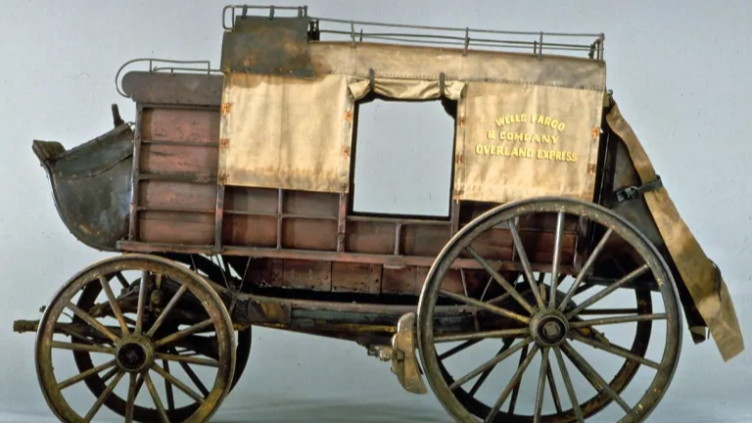Only 1 in 4,000 horse carriage manufacturers survived the shift to cars. The rest vanished. What can we learn from it, today?
When the automobile revolution began, 99% of horse carriage manufacturers clung to a dying model. They kept optimizing for:
- Stronger wheels (instead of rethinking the engine)
- Better craftsmanship.
- Harder sales pushes.
All while the world moved on without them.
According to Steve Blank, only one in 4,000 horse carriage manufacturers saw what was coming and pivoted in time.
The rest? Vanished.
Fast forward to today, and we’re standing at a similar turning point.
AI is reshaping industries at a pace we’ve never seen before. Traditional companies, SaaS providers, even tech giants — no one’s exempt.
As Steve Blank pointed out, the winners in this new era won’t be companies adding a bit of AI to their current business model.
It’s about pivoting to a different business model where AI is core. Not accessory.
The winners won’t just adopt AI, they’ll restructure fundamentally around it, e.g. by…
- Completely reshaping the value chain through forward or backward integration.
- Switching from SaaS to Results-as-a-Service.
- Focusing on a single core capability that scales disproportionately in an AI-first economy.
- …
So: how do you avoid becoming part of the 3,999?
Alexander Osterwalder (the father of the business model canvas and CEO of @strategyzer) has three recommendations (link in comments):
- Hire an entrepreneurial CEO: Someone obsessed with the future. Unafraid to question the old model + pivot. Bold enough to lead through uncertainty.
- Build a future-driven board: Not a room of passive supporters, but people who hire + back the kind of CEO (or Co-CEO) who sees around corners.
- Create an ambidextrous organization: Balance today’s core (Exploit), while actively building what’s next (Explore).
This could be your 1-in-4,000 moment.
Now the question to you:
If Alex Osterwalder read Blank’s article and concluded, “it encourages me to accelerate my own transition” — what’s your takeaway?

